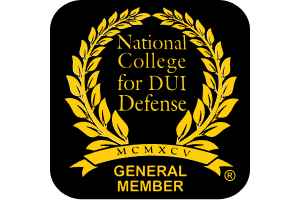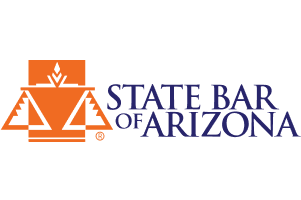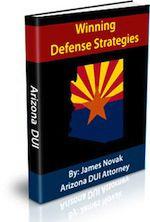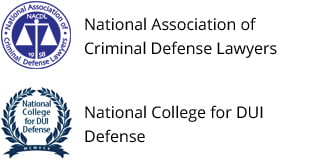- Free Initial Consultation: (480) 413-1499 Tap Here To Call Us
Arizona Court Vacates Defendant’s Manslaughter Conviction Following DUI Accident Based on Insufficient Jury Instructions
In a recent case coming out of an Arizona court, the defendant appealed his conviction for manslaughter. Originally, the defendant was found guilty when he hit a pedestrian while driving his car above the neighborhood’s posted speed limit. The pedestrian died, the defendant was charged, and a jury eventually found the defendant guilty of manslaughter. On appeal, the defendant argued that the court failed to properly instruct the jury as to who exactly had the right of way during the accident. Agreeing with the defendant, the court vacated the manslaughter conviction.
Facts of the Case
According to the opinion, the defendant was driving between 44 and 55 miles per hour in an area where the speed limit was posted as 40 miles per hour. As he was driving, the defendant struck and killed a victim as she stepped off the median and began to walk into the roadway. At the time, the victim was walking along a brick pathway that ran perpendicular to the road on which the defendant was driving.
Immediately after the crash, a police officer came to the scene. While speaking with the defendant, the officer noticed that the defendant was slurring his speech and had drooping eyes. A subsequent blood sample revealed that the defendant had a blood concentration of 36 nanograms of Xanax and 14 nanograms of THC per milliliter.
The defendant was criminally charged and at trial, he was found guilty of manslaughter.
The Decision
On appeal, one of the defendant’s main arguments was that the trial court failed to correctly instruct the jury on relevant laws. Specifically, the defendant argued that the court did not ensure that the jury knew about Arizona laws explaining who has the right of way when a pedestrian crosses the road in an area outside of a designated crosswalk.
Arizona law clearly states that when a pedestrian crosses the road and walks in an area that has not been labeled as an official crosswalk, that pedestrian loses the right of way. Thus pedestrians crossing outside of crosswalks must yield to drivers on the road. Here, said the defendant, this law was crucial to the jury’s ability to decide his case. While the court did make sure the jury understood the definition of a crosswalk, they offered no guidance as to what a reasonable driver must do when faced with a pedestrian crossing in the middle of the road.
The court agreed with the defendant that without this instruction, the jury could not make an informed decision as to whether or not the defendant was indeed guilty. Thus, the court vacated and remanded the defendant’s manslaughter conviction, as well as the sentence that went along with it.
Are You Facing Criminal Charges After a Car Accident in Arizona?
If you have found yourself at odds with the State of Arizona due to a victim’s injuries after a DUI car accident, call us at the Law Office of James E. Novak. Our team will bring a strong knowledge base to your case that allows you to maximize your chances of successfully getting your criminal charges vacated. For a free and confidential consultation, give us a call at 480-413-1499.






















